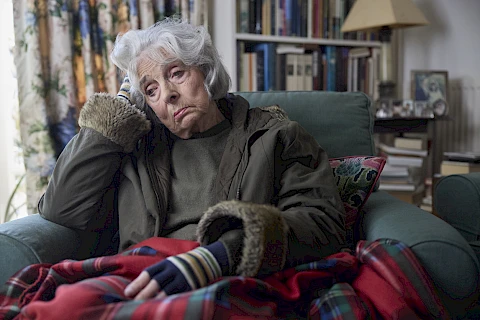
As the seasons change, some of us may notice a shift in our moods and energy levels. This is especially true for older adults who may find the cold and darker months challenging. One reason for this could be Seasonal Affective Disorder (SAD), a type of depression that occurs at certain times of the year. Understanding SAD is crucial, especially for seniors living where winter can be long and harsh.
What Is Seasonal Affective Disorder?
Seasonal Affective Disorder is a form of depression that typically happens during the fall and winter months when daylight hours are shorter. Unlike general depression, which can occur at any time of the year, SAD is linked to the changing seasons.
For seniors, SAD can be particularly pronounced. They may already be dealing with other health issues or lifestyle changes that make the symptoms of SAD even harder to handle. Recognizing and understanding this disorder can help in managing its impact.
Symptoms of SAD in Seniors
Knowing the symptoms is the first step in managing SAD. Common symptoms include:
- Feeling depressed most days
- Losing interest in favorite activities
- Low energy
- Trouble sleeping or oversleeping
- Changes in appetite or weight
- Difficulty concentrating
In seniors, these symptoms might look a bit different. They may seem more irritable or anxious. They might complain of physical problems more often, which makes it easy to overlook underlying depression. Early detection can lead to better management and quicker relief.
Causes and Risk Factors
Several factors contribute to SAD, especially in seniors. Biological causes include reduced sunlight, which can disrupt the body's internal clock, leading to feelings of depression. It also lowers serotonin levels, affecting mood. Environmental causes play a role too, as the cold and dreary weather keeps most people indoors, reducing physical activity and social interaction. For most people, the geographical location is significant. If your region experiences long winters with limited sunlight, it can increase the risk of SAD.
Coping Strategies for Seniors
There are several ways to manage and alleviate the symptoms of SAD. Light therapy involves sitting in front of a special light box that mimics natural sunlight. It's known to increase serotonin levels and improve mood. Regular physical activity can help boost your mood and energy levels. Even a short daily walk can make a difference.
Engaging in social activities with friends, family, or community groups can counter feelings of isolation. Joining a senior center or community club is a great way to stay connected. Maintaining a healthy diet and sleep routine can improve overall well-being. You should eat nutritious foods and get enough sleep.
When to Seek Professional Help
Sometimes, self-help tips aren't enough. If you or your loved one notice persistent feelings of sadness or depression, thoughts of self-harm, or an inability to perform daily activities, it's time to seek professional help. Therapists, doctors, and other healthcare providers can offer treatments like counseling, medication, or a combination of both.
Senior Helpers Southwest Pittsburgh Provides Support for Seniors With SAD
Seasonal Affective Disorder can pose a significant challenge for seniors, but awareness and proactive steps can make a big difference. Recognize the symptoms, understand the causes, and utilize coping strategies to manage SAD effectively. If you need more help, don't hesitate to seek professional support.
At Senior Helpers Southwest Pittsburgh, we're here to assist with managing SAD and other challenges that come with aging. For those in Pittsburgh, Bethel Park, Bridgeville, Allegheny County, and Washington County, reach out to us for compassionate care and support.